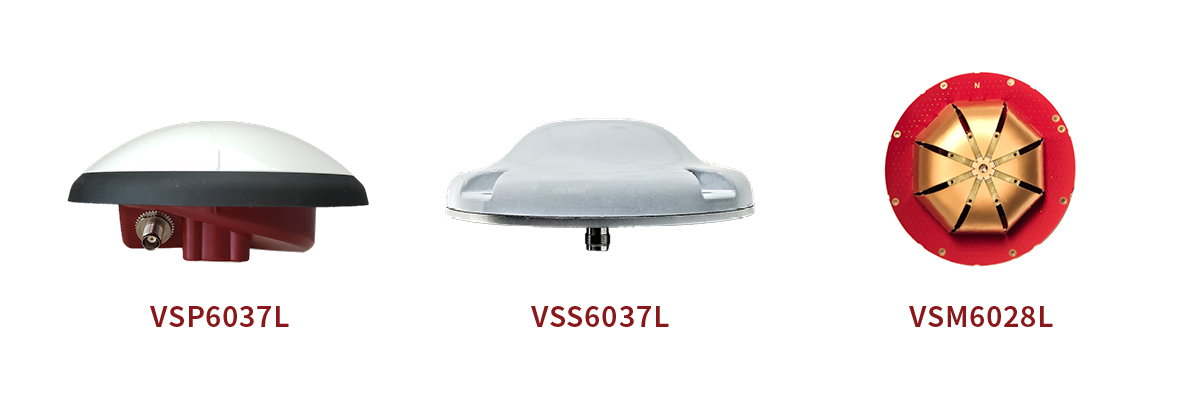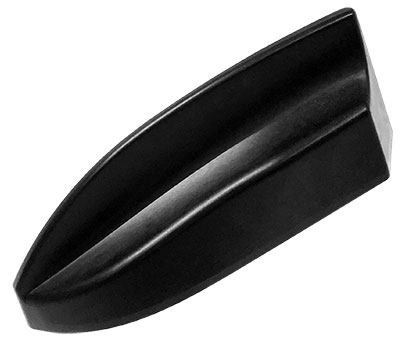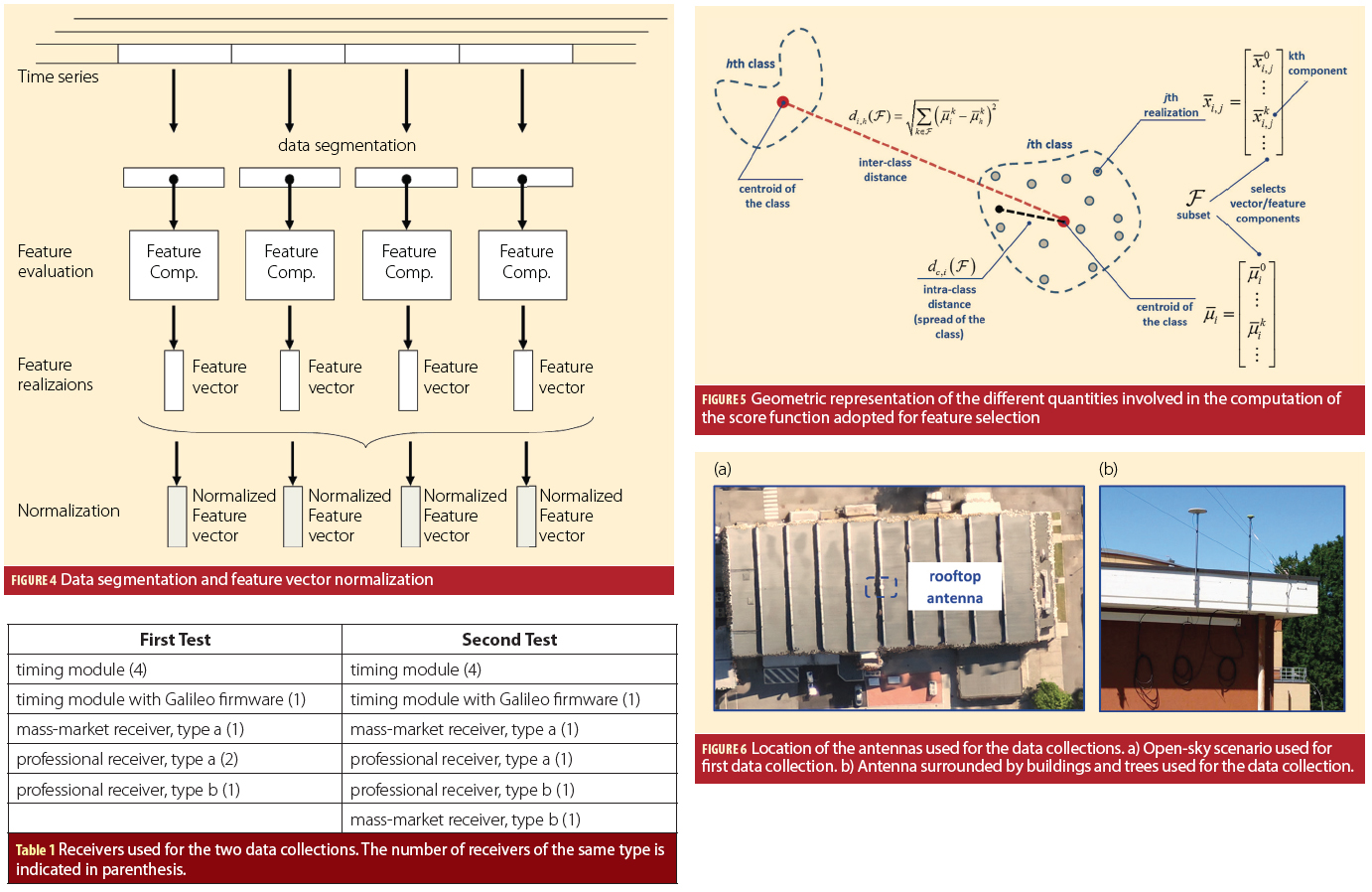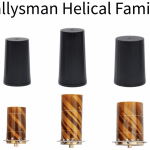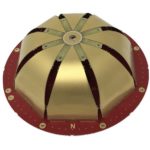Tallysman recently added eXtended Filtering (XF) to its line of VeroStar® housed and embedded precision GNSS antennas. The XF feature is designed to mitigate interference from all near-band signals.
The radio frequency spectrum is becoming more congested as new LTE bands are activated, with their signals or harmonic frequencies affecting GNSS antennas and receivers. In North America, the planned Ligado service, which will broadcast in the frequency range of 1526 to 1536 MHz, can affect GNSS antennas that receive space-based L-band correction service signals (1539 – 1559 MHz). New LTE signals in Europe [Band 32 (1452 – 1496 MHz)] and Japan [Bands 11 and 21 (1476 – 1511 MHz)] have also affected GNSS signals.
VeroStar® XF antennas provide low elevation angle tracking of the full GNSS spectrum and L-band correction signals. The wideband spherical antenna element enables the antennas to offer ±2 mm phase centre variation (PCV), making them well suited for high-precision marine, positioning and machine control applications.
VeroStar precision antennas are available in three form factors: 5/8” survey or 1” marine mount (VSP6037L), surface mount (VSS6037L) and several embedded models are available (VSE6028L and VSM6028L).

